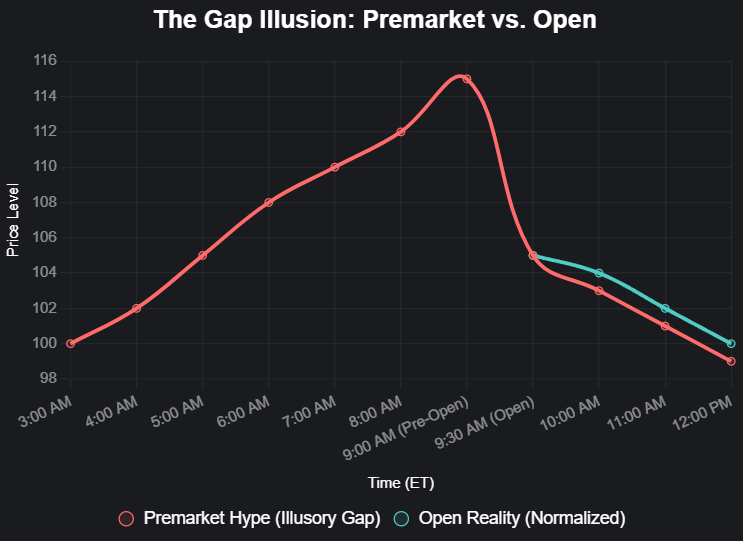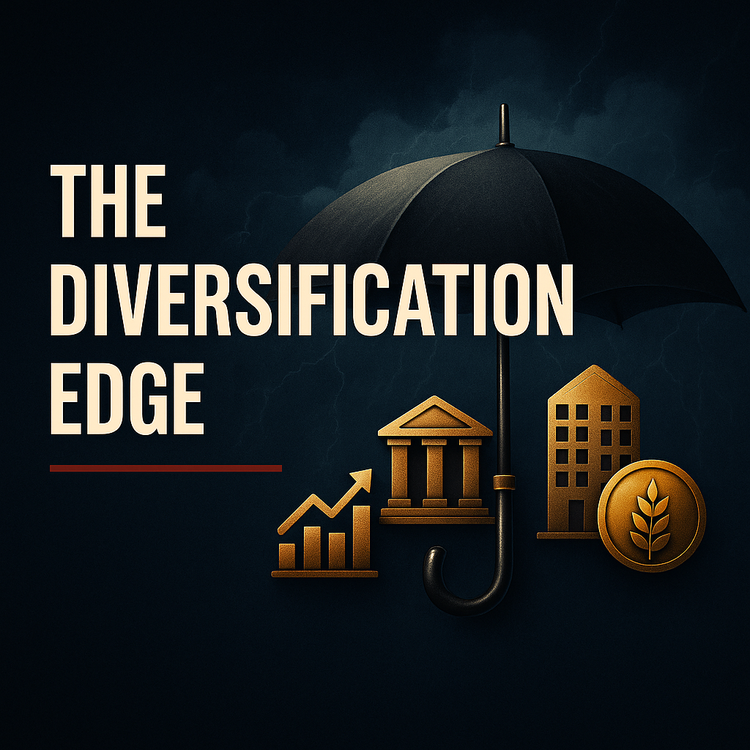Dollar-Cost Averaging Done Right: A Guide for DIY Investors

Got $12,000 sitting in your checking account, itching to be invested. You know stocks are a good long-term bet, but the market has been a rollercoaster lately. Jumping all in now feels like gambling. Pulling out means missing upside. Market timing? Forget it. Even Wall Street hotshots with PhDs and supercomputers can’t nail it. What chance do you think you’ve got? That’s where dollar-cost averaging (DCA) comes in, and why it’s one of the simplest, smartest strategies you can use when investing in index funds.
What Is Dollar-Cost Averaging, Really?
Dollar-cost averaging means you invest a fixed amount of money at regular intervals, no matter what the market is doing. Instead of dumping all your cash into the market at once, you spread out your purchases. When markets go down, your fixed amount buys more shares. When prices rise, it buys fewer. This smooths out the bumps and lowers the risk of mistiming your investment.
How to Implement DCA in an Index Fund: Step-by-Step
Say you want to invest $12,000 in an S&P 500 index fund — think of a fund like VOO or IVV that follows the overall market.
- Decide Your Interval: Monthly works for most — $12,000 divided into $1,000 per month.
- Pick Your Fund: Choose a low-cost index fund with solid liquidity. Vanguard’s VOO has an expense ratio of 0.03%.
- Set Up Automatic Purchases: Automate monthly buys with your brokerage.
- Ignore Market Noise: Don’t skip or front-load investments based on predictions.
- Review, Don’t React: Check every 3–6 months. Adjust only if your life changes, not because CNBC says “the market looks high.”
What Does This Look Like in Practice?
- Month 1: Price $400/share → $1,000 buys 2.5 shares.
- Month 2: Price $350/share → $1,000 buys 2.85 shares.
- Month 3: Price $450/share → $1,000 buys 2.22 shares.
Your average cost lands somewhere in the middle, not at the top of a bubble.
Why Wall Street Doesn’t Push DCA
Institutions sit on billions and play different games. They pitch lump-sum investing because markets trend up over time. True — but lump-sum buyers can get torched if they dump money right before a drop. In 2022, the S&P 500 fell 18%. DCA investors kept buying on the way down instead of sweating losses.
When Does DCA Make the Most Sense?
- You’ve got a chunk of cash but fear volatility.
- You’re new and want a habit that’s easy to stick with.
- You get regular paychecks and want investing automated.
Common Mistakes to Avoid
- Skipping downturns — that’s when you buy more for cheap.
- Trying to time the market anyway.
- Paying fees for automatic buys — if your broker charges, switch.
The Bottom Line
Split your cash. Automate the buys. Ignore the noise. Check twice a year. Done.
Dollar-cost averaging won’t make you rich overnight, but it keeps you from blowing up your money trying to time the market. That’s half the battle in investing.
Wall Street feeds you hype. I’ll give you clarity. Subscribe for practical investing insights that cut through the noise.






Member discussion